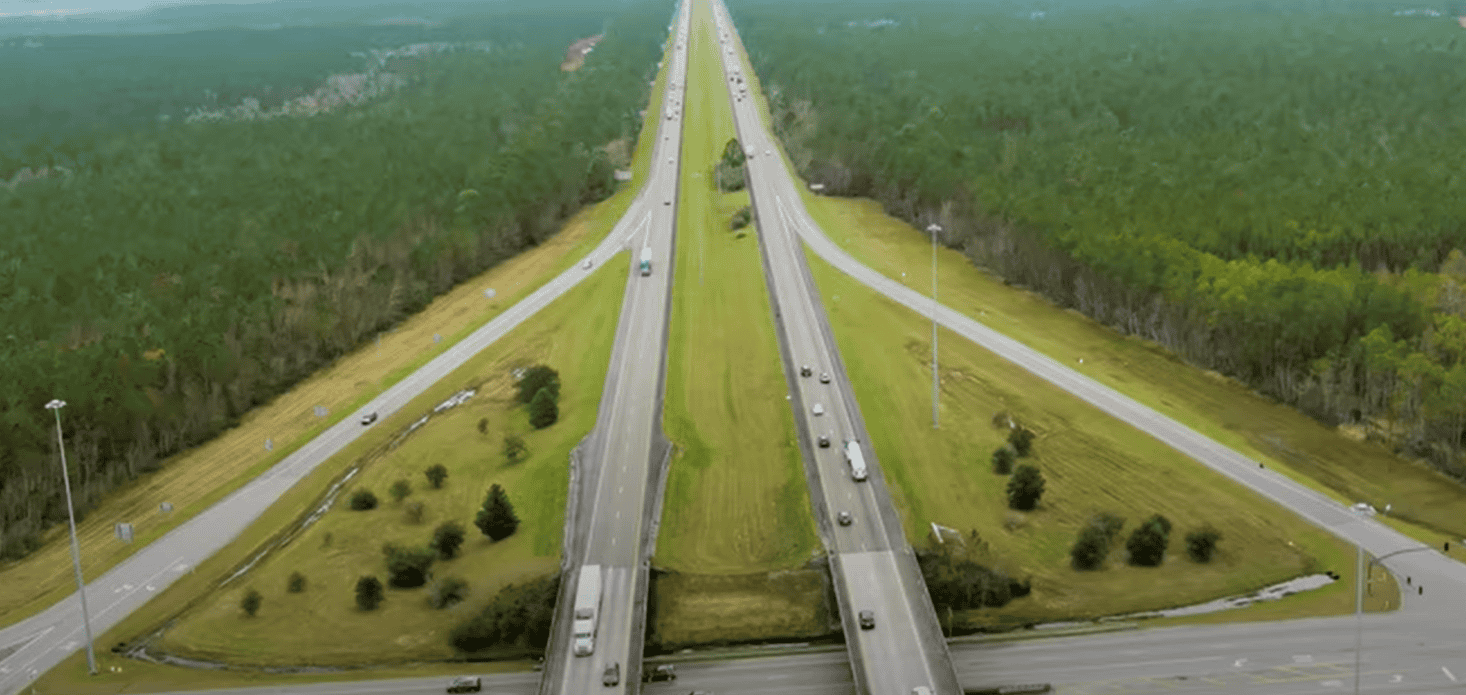Everything You Need to Know about flatbed shipping & rates
What is Flatbed Transport?
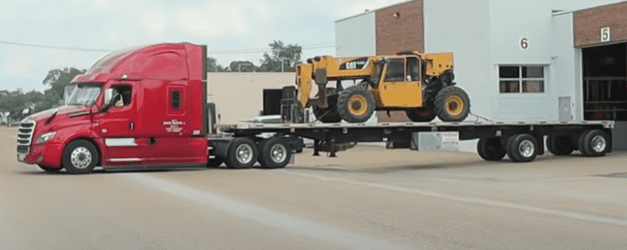
Flatbed trailers are popular, especially for hauling irregularly shaped cargo like pipe, steel, lumber, block, construction equipment or large vehicles which don’t fit into the traditional trailer. Flatbed shipping provides some dimensional flexibility for large freight since there are no physical walls.
Flatbed trailers may include several type of trailers like: lowboys, RGN, step decks, stretch double drop decks, extendable, Conestoga, and side kit trailers among other types.
When looking to use flatbed shipping be sure to understand all the particulars of your shipment, including the commodities being shipped, the value, dimensions and weight. If your flatbed shipment is hauling uniquely shaped or heavy freight, then securing, loading, and unloading it might be more physically taxing. This is particularly critical if your freight is pushing the length, height, or weight limits of the flatbed trailer. This is why it’s important to connect with a carrier who is experienced with flatbed shipping.
What are the different types of Flatbed Trailers?
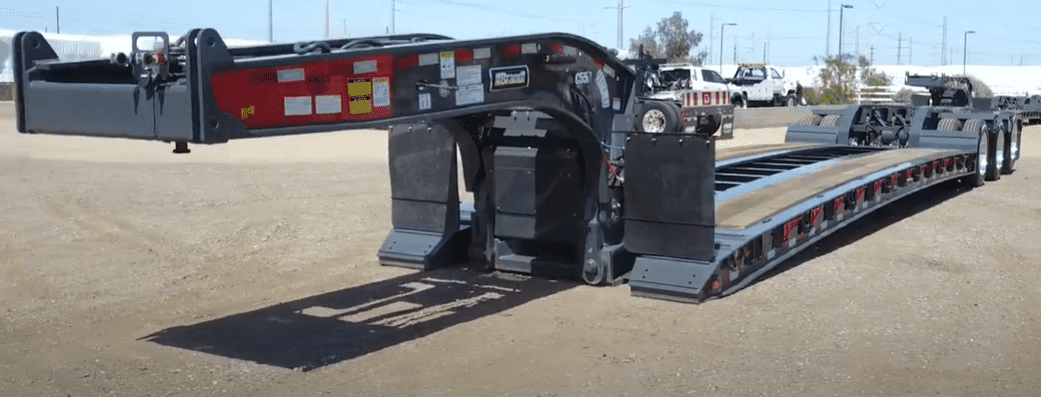
A standard flatbed is the most common, most basic and least expensive type of flatbed trailer. They’re generally 48’- 53’ long with a bed that sits at 42’’- 60’’ high. Like a standard trailer, a step (or drop) deck trailer is typically 48’ long. It gets its name from its dual hauling platforms of different heights, with the main bed being the longest and lowest of the two.
A lowboy trailer has a single hauling section — called the “well” — which sits 18” off the ground to accommodate taller freight like construction machinery, vehicles or aircraft parts. Because of its height and scooped design, it’s normally loaded by crane or from the sides rather than at a dock.
The RGN is a specialty trailer that has a removable neck to convert the front of the trailer into a ramp. This allows for easy loading of motorized freight like construction or farm equipment.
How much does it cost to ship on a flatbed?
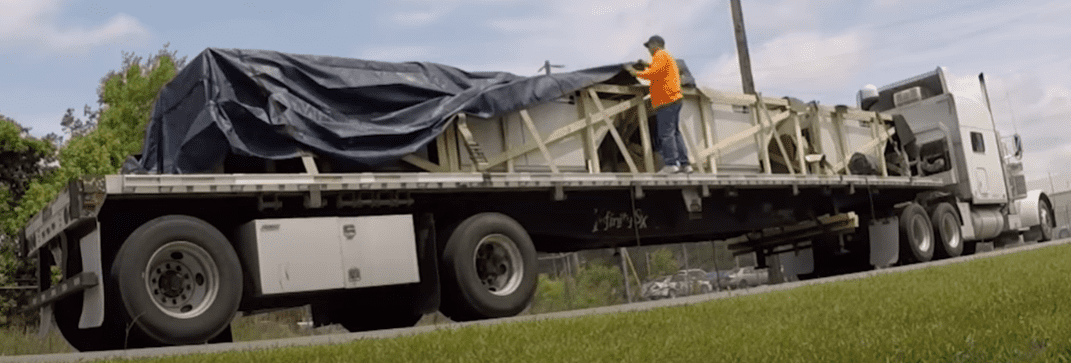
Based on several market and shipment variables, the price varies. However, flatbed shipping tends to cost more than a dry van since the equipment isn’t as common, they require more skill and labor to operate, and there are more permits depending on the size and type of shipment.
How will my freight be secured on a flatbed?
Drivers can use straps, chains, steel strapping, synthetic cords or any other Federal Motor Carrier Safety Administration (FMCSA)-approved tie-downs. Make sure you use a specialized transport provider who knows how to transport your freight so the safety and security of your freight is taken care of.
Do you need permits for flatbed shipping?
Permits for oversized freight are required if the total shipment (including the trailer) is larger than 53’ x 8.5’ x 8.5’ (lwh). When necessary, drivers secure permits and an approved route for all required states, and the cost is then totaled into the freight bill.
VeriTread Can Help!
VeriTread makes it easy to get reliable freight quotes from the experts in flatbed shipping. VeriTread moves thousands of machines every year and can quickly generate a reliable quote on the go. Our extensive specs and dimensions database of 60,000+ items, ensures you spend less time researching and more time putting your equipment to work. The VeriTread Shipper quote process is the simplest way to transport your machines. Follow these easy steps and you will receive a quote in under one minute:
- Enter Your Make and Model
- Verify or Edit Your Commercial Truck Dimensions
- Enter Pickup & Drop Off Locations
- Your Quote is Ready!
Getting started with VeriTread is easy.
You can visit our contact form or call (800) 880-0468.

VeriTread Named to the 2025 FreightTech 100 List
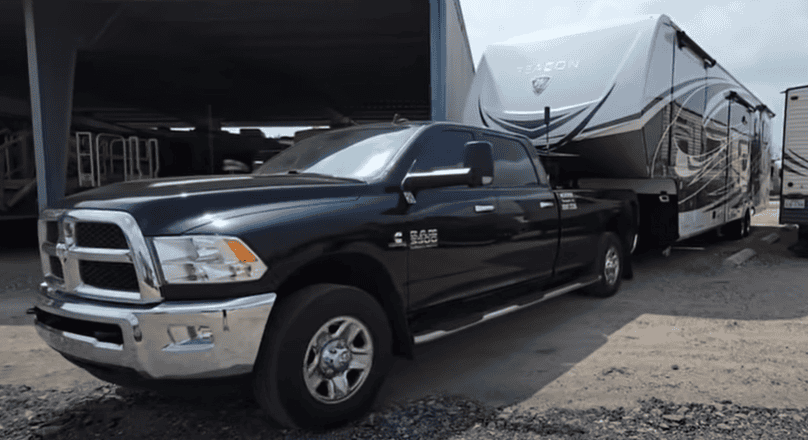
DIY RV Transport vs. Professional Services
